Tea leaf origin identification has become a concern in the market in recent years, besides the pesticide issue. The most common method heard for identifying the origin of tea leaves is through DNA testing. But what does DNA have to do with the origin? Today, let me share with you the origin identification of tea leaves.
What is DNA origin identification?
First, we need to understand what DNA is. Simply put, DNA is a substance found in cells, and basically, for the same species, the DNA is the same, like a species` ID card. So using the DNA of tea trees to identify their origin is somewhat imprecise. Because if Taiwanese tea trees are moved abroad for cultivation, their DNA won`t change due to the different origin. It`s like moving a Taiwanese cat abroad; it doesn`t become a tiger. So what does DNA origin identification really mean? When we look at the Method of Test for Multielement in Tea (TFDAF0032.00), we can see that it uses the proportion of metal elements in tea leaves to determine if it`s Taiwanese tea. The proportions of metal elements in the soil vary from country to country, and when tea leaves absorb these metals, the unique proportions become a key to identify if it`s Taiwanese tea, like DNA. For example, the metal proportions for tea trees in Taiwan are lithium (Li), vanadium (V), chromium (Cr), nickel (Ni), copper (Cu), zinc (Zn) = a:b:c:d:e:f. When tea leaves are tested, if the proportions don`t match, it might be foreign tea. (In practice, it`s not that simple; it requires complex statistical analysis to determine.)
Issues with origin testing:
High testing costs.
Tea types limitation: Currently, only Taiwanese commonly seen small-leaf tea trees made into spherical or semi-spherical oolong tea can be tested. Green tea, black tea, Dongfang Meiren tea, tea powder, etc., cannot be tested.
Cracking the metal element proportions: When the metal element proportions of foreign tea are adjusted to match those of Taiwanese tea, it becomes very difficult to identify.
What should we, as consumers, pay attention to in origin testing?
With technology advancing rapidly, there are many methods for origin testing. The honesty of tea is a basic requirement for consumers when purchasing tea leaves. Regardless of the origin of the tea, as long as the taste, food safety, and price of the tea leaves meet the buyer`s needs, the honesty of the origin is the best tea.
There is never the best tea, only the tea that suits you best.
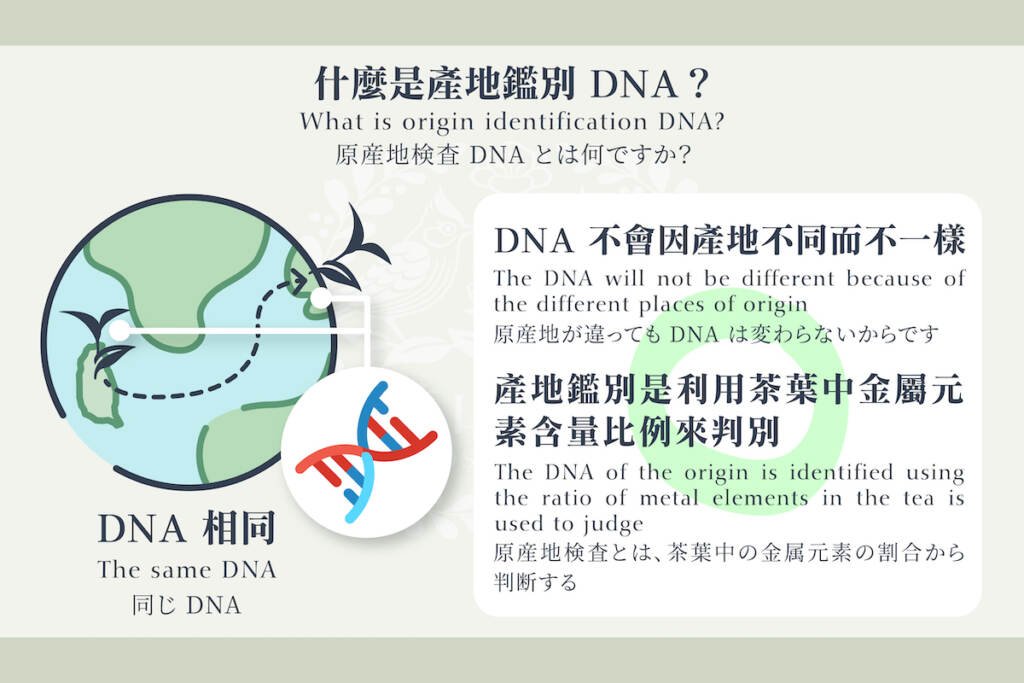
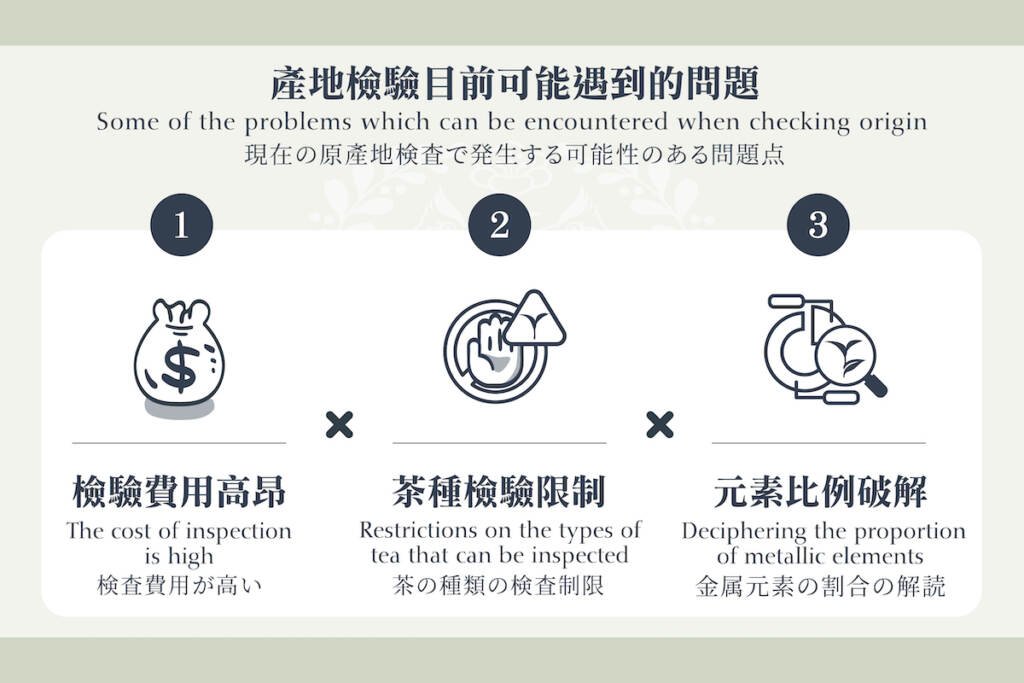


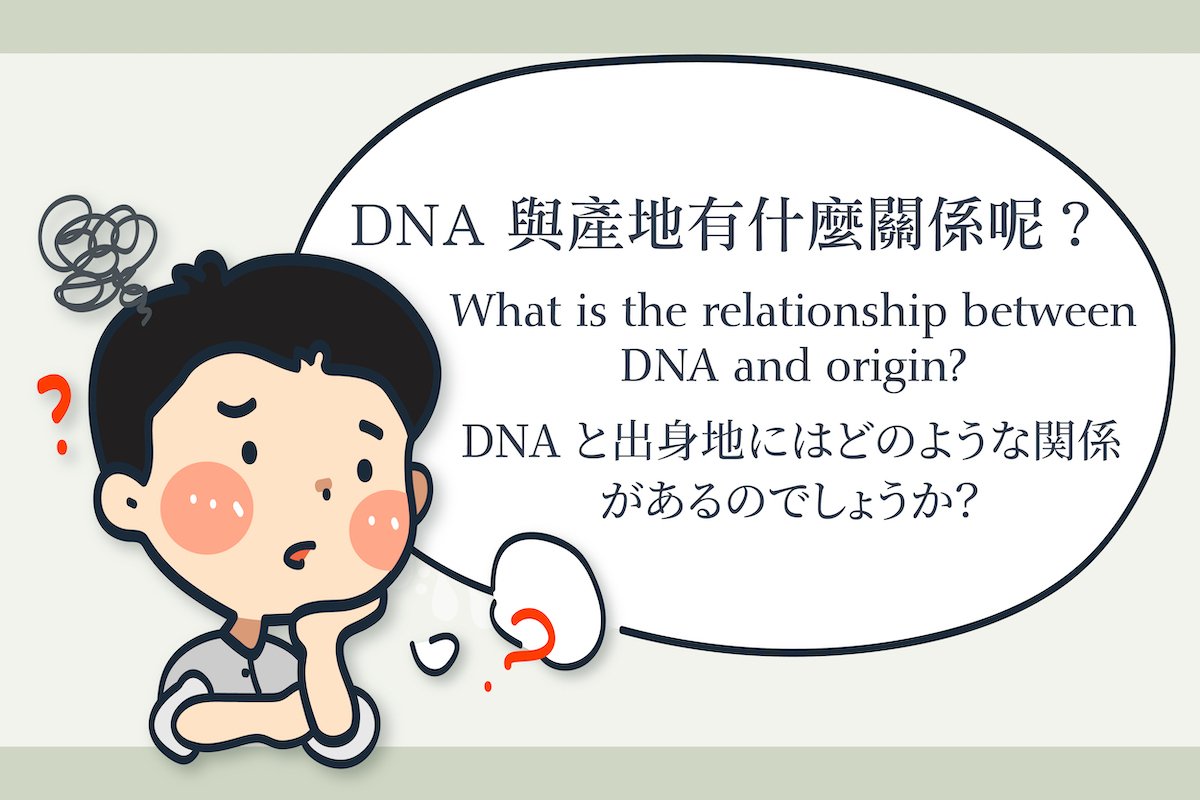
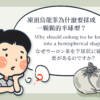

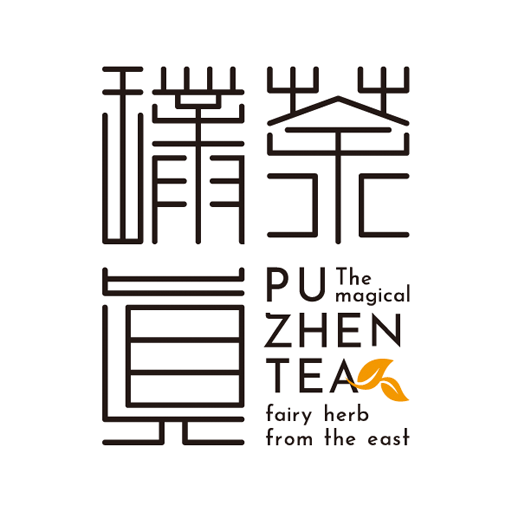
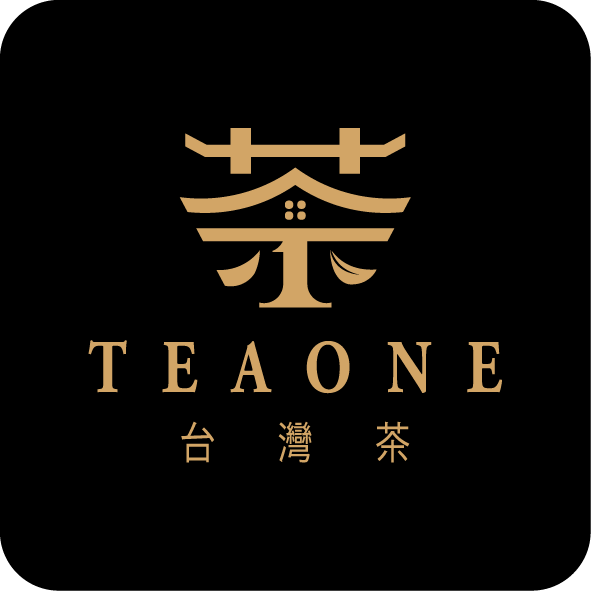
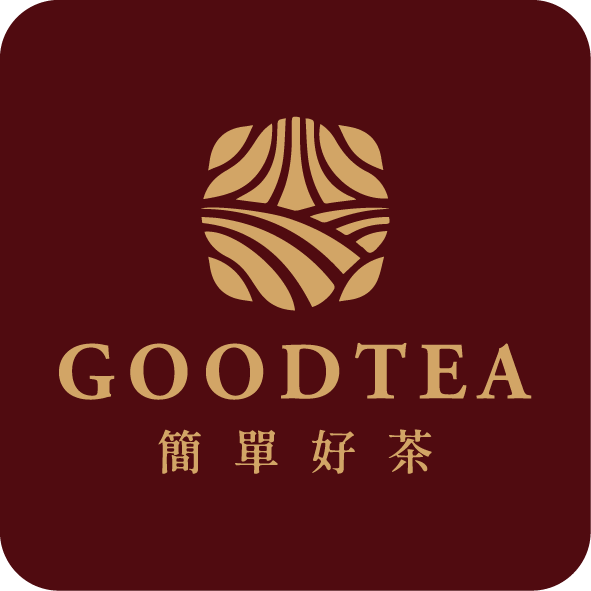
Leave a reply